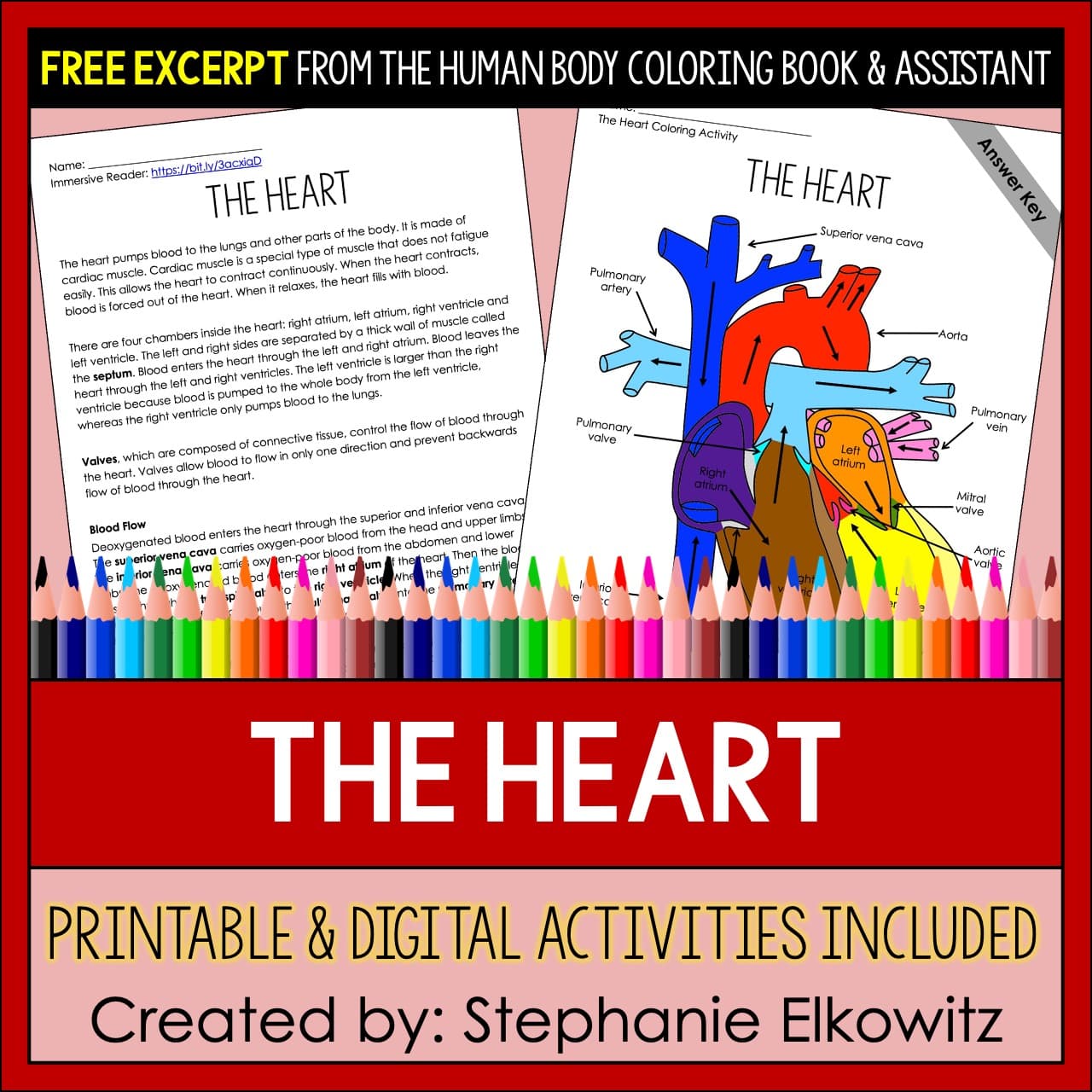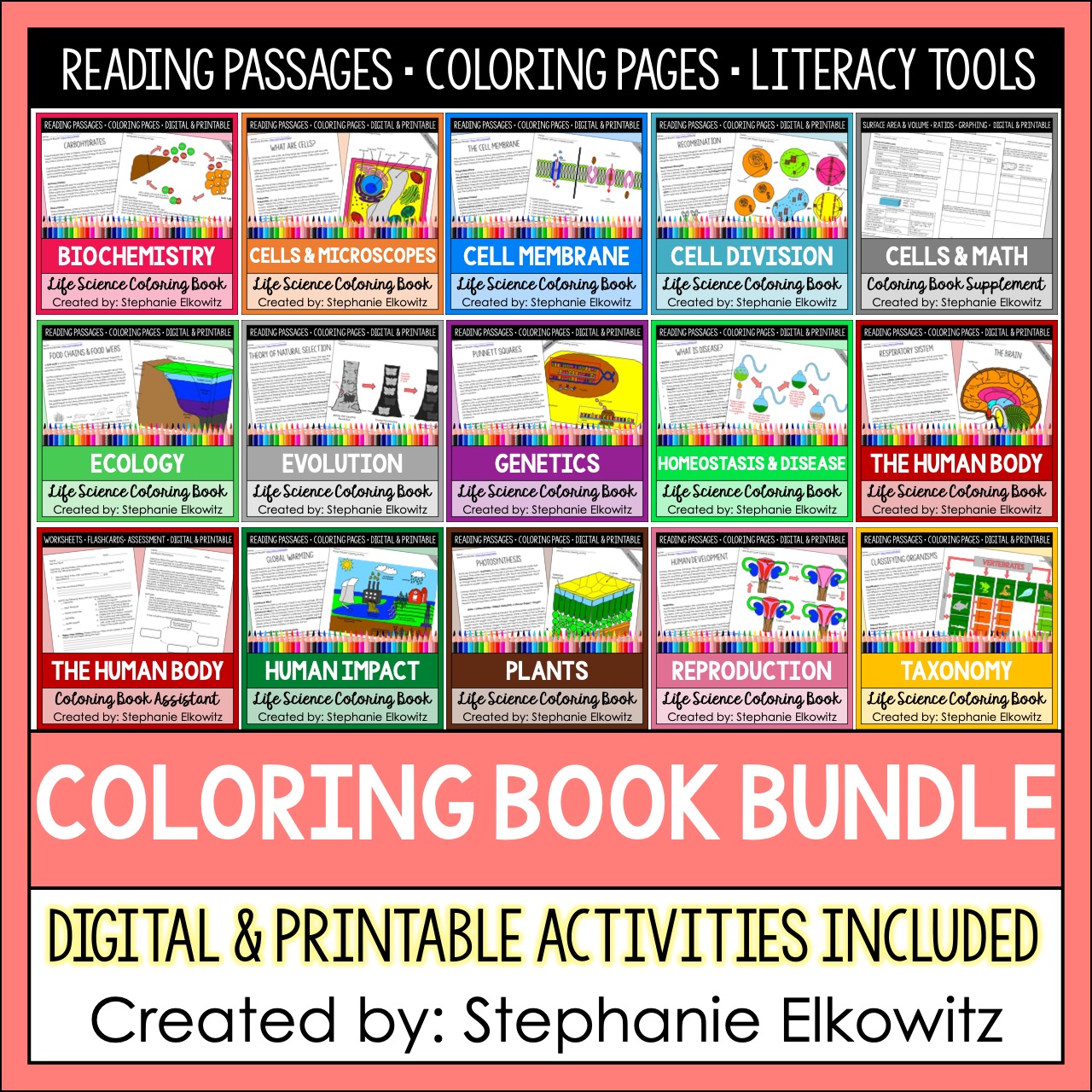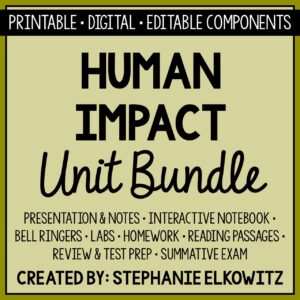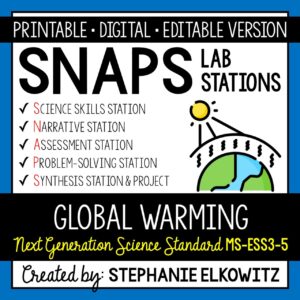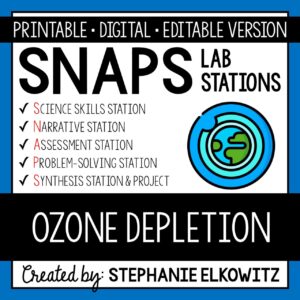Life Science Coloring Book Series
$183.70
About the Coloring Books
• My coloring books are stand-alone resources – NO textbooks required
• Passages provide a complete explanation of difficult science concepts.
• Literacy tools help extract, organize and summarize facts from the passages.
• Coloring pages provide visualization of concepts discussed in the readings.
• Supplements help solidify understanding of concepts.
• Printable and digital activities included.
• Answer keys included.
Description
Browse reviews, previews and detailed information about all my Life Science Coloring Books at my TpT Store.
• My coloring books are stand-alone resources – NO textbooks required
• Passages provide a foundation and complete explanation of difficult science concepts.
• Literacy tools help students extract, organize and summarize facts from the passages.
• Coloring pages provide visualization of concepts discussed in the readings.
• Supplements help solidify understanding and provide practical application of concepts.
• Printable and digital activities included.
• Answer keys included.
Important Notes:
• Download a FREE EXCERPT from the Human Body Coloring Book Series.
• The Coloring Book Series is included with the Life Science Curriculum and Integrated Science Curriculum.
DISTANCE LEARNING – DIGITAL ASSIGNMENTS
This resource includes modified files that facilitate distance learning:
• Activities modified into fillable slides that work with Google Slides and Microsoft PowerPoint
• Digital interactive notebook with colorful graphics and fillable text boxes
• Digital coloring activities designed to be completed with Kleki (a FREE web-based paint application)
Important Notes about Digital Activities:
• Digital activities CANNOT be edited. Only the text boxes or forms can be manipulated.
• Each activity is saved as an individual PPTX file without the answer key for easy distribution.
• Video directions on how to convert PPTX files into Google Slide files are included.
• Coloring pages are saved as JPEG files to be opened and colored with Kleki.
All Digital resources can be shared via platforms that are password-protected or accessible only to students.
This bundle includes:
• Biochemistry Coloring and Science Literacy Unit
Topics covered: Atomic Structure, Ions, Isotopes, Ionic, Covalent and, Hydrogen Bonding, Solutions, Mixtures and Suspensions, Hydrophilic vs. Hydrophobic, Cohesion, Adhesion, Surface Tension and Capillary Action, Acids, Bases, Buffers and Neutralization, Organic vs. Inorganic Compounds, Carbohydrates (Mono vs. Di vs. Poly), Lipids (Fat, Phospholipid, Cholesterol, Wax, Oil), Saturated vs. Unsaturated Fats, Lipoproteins (HDL vs. LDL) and Function, Amino Acids and Proteins, Nucleotides, DNA, RNA, Monomers vs Polymers, Polymerization and Hydrolysis, Chemical Reaction Lingo, Balancing Equations, Enzymes, “Lock-and-Key Model”, Aerobic Respiration, Lactic Acid and Ethanol Fermentation, Photosynthesis
• Cells Coloring and Science Literacy Unit
Topics covered: Animal and Plant Cells, Protists, Bacteria, Organelles, Types of Microscopes, Light Microscope, Microscope Safety, Microscopic Measurement
• Cell Division Coloring and Science Literacy Unit
Topics covered: Cell Growth, Animal and Plant Cell Mitosis, Meiosis, Genetic Recombination (Crossing Over and Independent Assortment), Nondisjunction
• Cell Membrane Coloring and Science Literacy Unit
Topics covered: Cell Membrane Structure (phospholipids, proteins, cholesterol, etc), Diffusion and Facilitated Diffusion, Osmosis and Tonicity, Active Transport, Endocytosis and Exocytosis, Membrane, Receptors, Antigens
• Studying Cells with Math
Topics covered: Surface Area, Volume, Ratios and Graphing
• Ecology Coloring and Science Literacy Unit
Topics covered: Ecological Organization, Abiotic and Biotic Factors, Renewable and Nonrenewable Resources, Fossil Fuels, Biomes, Aquatic Ecosystems, Carrying Capacity, Ecological Relationships (Commensalism, Mutualism, Competition, Predation, Parasitism), Feeding Relationships (Autotrophs, Heterotrophs, Decomposers, etc.), Food Chains and Webs, Biodiversity, Carbon Cycle, Water Cycle, Nitrogen Cycle, Ecological Succession
• Evolution Coloring and Science Literacy Unit
Topics Covered: What is Evolution?, Theory of Natural Selection, Peppered Moths, Sources of Variation, Competition, Evidence for Natural Selection, Comparative Anatomy (Homologous, Analogous and Vestigial Structures), Molecular Clock, Fossil Record, Comparative Embryology, Phylogenetic Trees, Physical and Behavioral Adaptations, Artificial Selections and Human Evolution
• Genetics Coloring and Science Literacy Unit
Topics covered: Heredity, Chromosomes & Karyotyping, Mendelian Genetics, Punnett Squares, Blood Groups (ABO & Rh), Pedigrees, DNA Research, DNA and RNA Structure, DNA Replication, Protein Synthesis, Mutations, Genetic Disorders, Environmental Influence on Gene Expression, Gel Electrophoresis, Genetic Engineering, Cloning, Therapeutic Cloning (Stem Cells)
• Homeostasis and Disease Coloring and Science Literacy Unit
Topics Covered: Homeostasis, Negative Feedback, Blood Pressure, Water Concentration, Blood pH, Blood Sugar, Body Temperature, Causes of Diseases, Types of Infectious Diseases, How Diseases are Spread, Germ Theory, Antibiotic Resistance, Integumentary System, Lymphatic System, Immune System, Types of Immunity, Innate Immunity, Inflammation, Humoral Immunity, Cell-Mediated Immunity, Allergic Reaction, Anaphylaxis, Vaccination, Transplant Rejection, HIV
• Human Body Coloring and Science Literacy Unit
Topics covered: Types of Tissue (Epithelial, Connective, Muscle, Nervous), Skeletal System, Muscular System, Nervous System (and brain), Circulatory System (and heart), Respiratory, Digestive System, Urinary System, Male and Female Reproductive Systems
• Human Body Coloring and Science Literacy Unit Assistant
Includes 22 worksheets, two differentiated essays, summative exam and 148 flashcards
• Human Impact Coloring and Science Literacy Unit
Topics Covered: Human Population Growth, Invasive Species, Direct and Over Harvesting, Industrialization, Pollution, Acid Rain, Ozone Depletion, Global Warming, Conservation Efforts, Renewable Energy Sources and more!
• Plants Coloring and Science Literacy Unit
Topics covered: Types of Plants, Photosynthesis, Oxygen and Carbon Cycle, Plant Structure, Flower Anatomy, Leaf Structure, Plant Reproduction, Alternation of Generations, Angiosperm Life Cycle, Gymnosperm Life Cycle, Formation of Wood, Sources of Earth’s Oxygen and Types of Flowering Plants, Chlorophyll, Stem and Leaf Adaptations, Stomata Regulation, Vegetative Propagation, Weeds, Deforestation and Edible Plant Parts
• Reproduction and Development Coloring and Science Literacy Unit
Topics Covered: Asexual Reproduction, Sexual Reproduction, Internal vs. External Fertilization and Development, Animal Development and Life Cycles, Human Reproduction, Human Gametes, Fetal Development, Hazards to Fetal Development, Menstrual Cycle and In Vitro Fertilization
• Taxonomy and Classification Coloring and Science Literacy Unit
Topics Covered: Characteristics of Living Things, How we classify organisms, Taxons, Linnaeus’s Classification System, Bacteria/Prokaryotes, Eukaryotes, the 6 Kingdoms and the major phyla within each kingdom, Dichotomous Keys and more!
IMMERSIVE READER
This resource includes reading passages that can be read to a student with Microsoft’s Immersive Reader. Immersive-Reader compatible passages are read-only word documents accessed in a web browser. Internet access required. Students are provided links to the Immersive Reader compatible passages in the printable and digital versions of each activity.
Immersive Reader is a FREE Microsoft educational tool. You do NOT need a Microsoft account to access this tool in a web browser. Learn more about Immersive Reader HERE.
Immersive Reader can:
• Read the entire passage to a student
• Help pronounce individual words in a passage as a student reads
• Translate the entire passage or individual words in the passage for ESL students
• Change the font, text color and background color for students with visual impairments
Additional Notes
• Written and video instructions for students are included: http://safesha.re/ppk
• Download a FREE unit of Immersive Reader compatible reading passages HERE.
DIGITAL COLORING PAGES
• This resource includes digital coloring pages saved as JPEG files.
• JPEG files are designed to be digitally colored using a FREE web paint program – Kleki.
• Written directions for students accompany each digital coloring page.
• A 5-minute video is included to help students use Kleki: https://safesha.re/27ba
Important Notes
• Kleki works with most internet browsers including Chrome, Safari and Firefox.
• Internet access is required to use Kleki
• You do NOT need an account to use Kleki
• You MUST be able to download and upload files to your computer to use Kleki.
TERMS OF USE
• All rights reserved by Stephanie Elkowitz.
• This product is to be used by the original purchaser only.
• Intended for classroom and personal use only.
• Copying for more than one teacher, classroom, department, school, or school system is prohibited.
• This product may not be distributed or displayed digitally for public view.
• Failure to comply is a copyright infringement and a violation of the Digital Millennium Copyright Act (DMCA).


